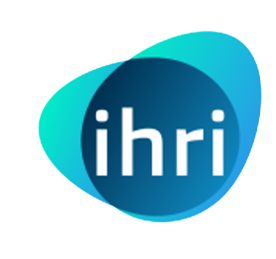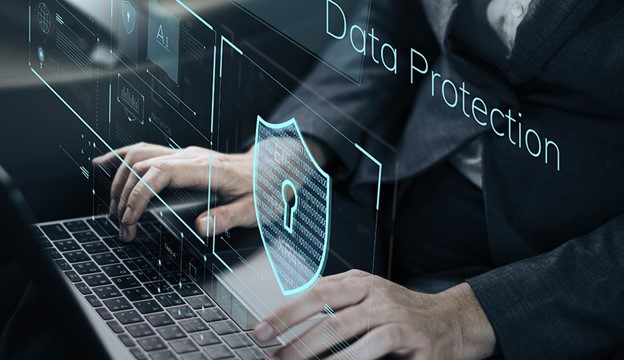Managing IT assets—both hardware and software—has become an essential function for organizations of all sizes. The modern workplace relies heavily on technology, from servers and laptops to cloud software and cybersecurity tools. With such reliance comes the need to ensure these assets are efficiently managed, fully utilized, and compliant with licensing and regulatory requirements. But how can businesses ensure they’re making the most of their IT investments?
This is where the Certified Hardware Asset Manager (CHAM) and Certified Software Asset Manager (CSAM) certifications come into play. These certifications offer IT professionals, procurement specialists, and operations managers the tools and knowledge they need to manage hardware and software assets effectively. In this article, we’ll explore how CHAM and CSAM certifications can help organizations control costs, avoid compliance pitfalls, and streamline their asset management processes.
The Growing Complexity of IT Asset Management
As businesses grow, so too does their inventory of IT assets. Gone are the days when managing hardware and software was as simple as keeping track of a few laptops and desktop licenses. Today, companies are dealing with a wide range of technologies, including cloud services, SaaS applications, mobile devices, and on-premise hardware.
Without proper management, IT assets can quickly become a burden. Untracked hardware can lead to unnecessary purchases, lost assets, or inefficient use of resources. Meanwhile, unmanaged software can result in license violations, hefty penalties, and security vulnerabilities. A 2021 report from Gartner revealed that companies could reduce their IT costs by up to 30% through effective asset management, particularly in terms of hardware and software optimization.
What Is the Certified Hardware Asset Manager (CHAM) Certification?
The Certified Hardware Asset Manager (CHAM) certification focuses on managing the lifecycle of hardware assets, from procurement to disposal. A CHAM-certified professional is trained to optimize hardware usage, ensure compliance with warranty and maintenance agreements, and reduce the overall cost of hardware ownership.
Key areas covered by the CHAM certification include:
- Asset tracking: Implementing systems to track hardware assets throughout their lifecycle, ensuring accurate records of ownership, location, and condition.
- Cost control: Identifying opportunities to reduce hardware costs, such as optimizing purchases, avoiding over-provisioning, and extending asset lifecycles.
- Disposal and recycling: Ensuring that hardware assets are disposed of in compliance with environmental regulations, data security standards, and company policies.
By earning the CHAM certification, professionals gain the skills to improve the efficiency and transparency of hardware management, reducing unnecessary spending and ensuring that assets are fully utilized.
What Is the Certified Software Asset Manager (CSAM) Certification?
The Certified Software Asset Manager (CSAM) certification is designed to help IT professionals manage the complexities of software licensing, compliance, and usage. With the rise of SaaS (Software as a Service) and cloud-based applications, managing software assets has become a critical aspect of IT operations.
The CSAM certification covers essential topics such as:
- License compliance: Ensuring that software usage aligns with license agreements, avoiding costly fines for overuse or underuse of licensed software.
- Cost optimization: Identifying opportunities to reduce software costs by consolidating licenses, negotiating better contracts, and ensuring efficient use of existing software.
- Security management: Keeping track of software updates, patches, and renewals to avoid security vulnerabilities associated with outdated software.
CSAM-certified professionals play a crucial role in helping organizations avoid compliance risks, reduce software spending, and optimize the value of their software investments.
How CHAM and CSAM Certifications Drive Cost Control
Both the CHAM and CSAM certifications are designed to help organizations reduce the costs associated with managing their IT assets. Here’s how:
- Avoiding Over-Provisioning and Under-Utilization
One of the most common issues in IT asset management is over-provisioning, where companies purchase more hardware or software than they actually need. This leads to wasted resources and inflated costs. Similarly, under-utilization of existing assets can result in inefficiencies and unnecessary purchases.
CHAM-certified professionals are trained to track hardware assets accurately, ensuring that they are fully utilized before new purchases are made. Likewise, CSAM-certified professionals can analyze software usage data to identify unused licenses and avoid paying for software that isn’t being used.
- Preventing Costly Compliance Violations
Software compliance is a major concern for organizations, especially with the increasing complexity of licensing agreements. Failing to comply with these agreements can result in significant financial penalties. A 2021 audit by BSA (The Software Alliance) found that software non-compliance costs companies millions of dollars annually, with some organizations paying fines as high as $150,000 per violation.
By earning the CSAM certification, IT professionals can ensure that their organization’s software usage complies with licensing agreements, avoiding these costly fines. Additionally, both CHAM and CSAM certifications provide the knowledge needed to meet regulatory requirements related to hardware disposal and data security.
- Optimizing Asset Lifecycles
CHAM-certified professionals are trained to maximize the value of hardware assets by extending their lifecycle and ensuring proper maintenance. For example, they can implement strategies to delay costly replacements by optimizing hardware performance and conducting timely upgrades.
On the software side, CSAM-certified professionals can identify opportunities to consolidate software licenses or negotiate better terms with vendors. By managing software renewals and updates effectively, they can reduce the risk of overpaying for unnecessary features or outdated applications.
Why Compliance Is Crucial in Today’s Regulatory Landscape
Both hardware and software asset management go beyond cost control—they are critical components of regulatory compliance. Regulations such as GDPR, HIPAA, and industry-specific standards require organizations to manage and secure their IT assets in specific ways. For example, GDPR mandates the secure disposal of any hardware containing personal data.
CHAM-certified professionals ensure that hardware assets are managed in compliance with these regulations, from acquisition to disposal. Meanwhile, CSAM-certified professionals ensure that software usage adheres to license agreements and security protocols, reducing the risk of compliance breaches.
Conclusion: Why CHAM and CSAM Certifications Are Essential
In an increasingly digital world, organizations rely on IT assets more than ever. The Certified Hardware Asset Manager (CHAM) and Certified Software Asset Manager (CSAM) certifications provide the knowledge and skills needed to manage these assets effectively, ensuring that organizations optimize their hardware and software investments while remaining compliant with regulatory requirements.
For IT professionals, procurement specialists, and operations managers, earning CHAM and CSAM certifications offers a clear path to improving asset efficiency, controlling costs, and enhancing career prospects in a critical area of IT management.




